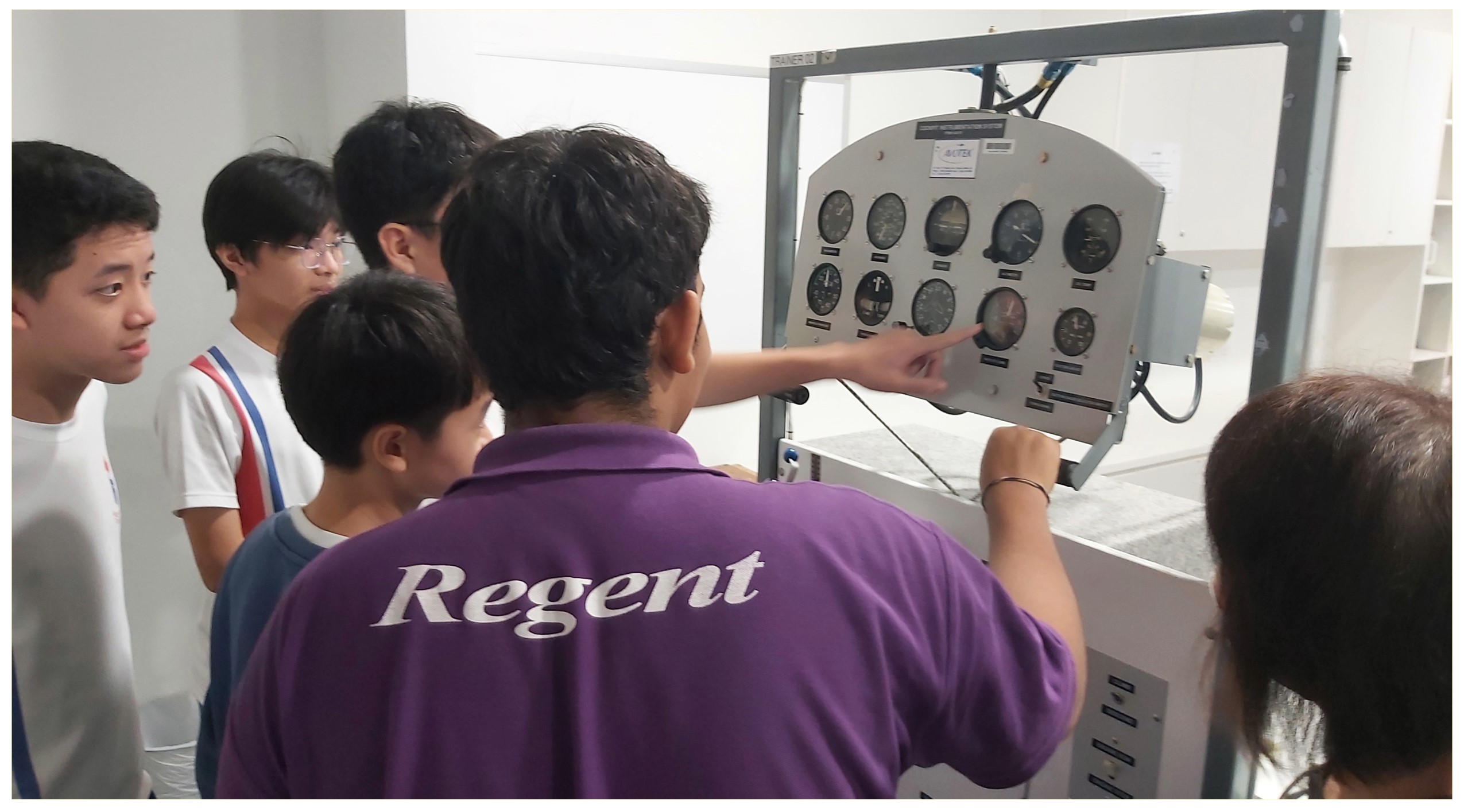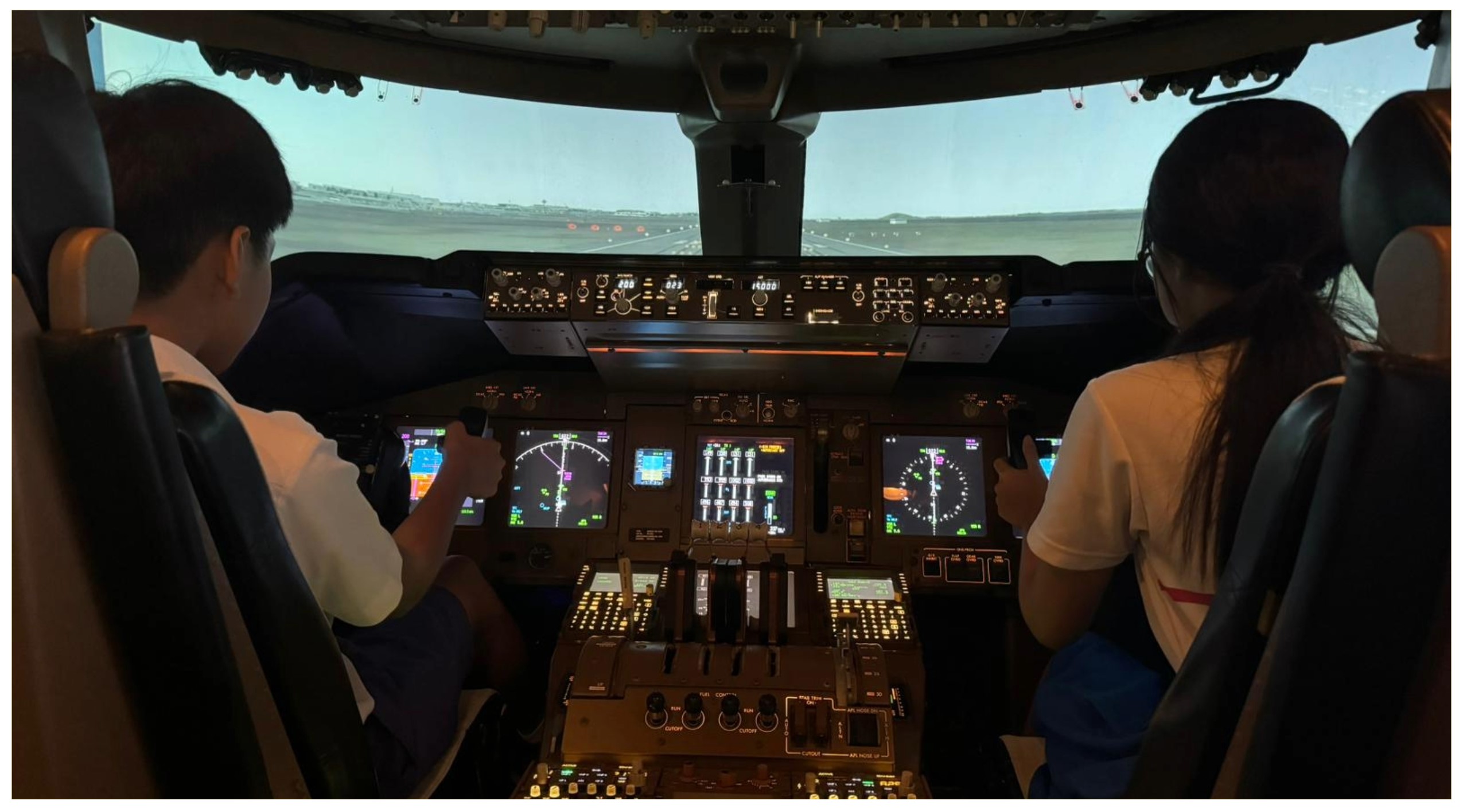Physics Applied Learning Module (ApLM)
In March, our Secondary Three Physics students embarked on an exhilarating journey into the world of engineering through the Applied Learning Module, “Building and Controlling Flying Machines”, organised by Republic Polytechnic. The module offered participants a glimpse into life as an engineering student at the polytechnic and provided them with a platform to explore, innovate, and problem-solve.
The three-day module had our students immersed in a dynamic learning environment, where they engaged a wide range of activities designed to deepen their understanding of the world of aerospace engineering. Guided by seasoned educators and industry experts, they learnt about the fundamental principles of aerodynamics and explored the intricacies of various aircraft flight control systems. They also experienced the thrill of “flying” using a B747 flight simulator, taking to the virtual skies and piloting the commercial airliner through simulated flight scenarios. This experience, coupled with theory lessons by trainers, allowed our students to understand how control surfaces such as ailerons, elevators, and rudders influence aircraft movement, as well as uncover the principles behind crucial flight instruments like altimeters, airspeed indicators, and gyroscopes.
The highlight of the module was the opportunity given to our students to build and test-fly their own gliders and flying drones! The hands-on session enabled our young innovators to apply the theoretical knowledge acquired as well as gain invaluable insights into the design process for optimal aerodynamic performance and stability.
Overall, the module’s hands-on exploration and immersive experiences have enabled our students to acquire technical expertise and connect their learning in the Physics classroom to real-world issues in the field of aviation. As they continue to grow and explore new learning opportunities, we are confident that they will carry with them the lessons learnt about the dynamic world of engineering and innovation.




